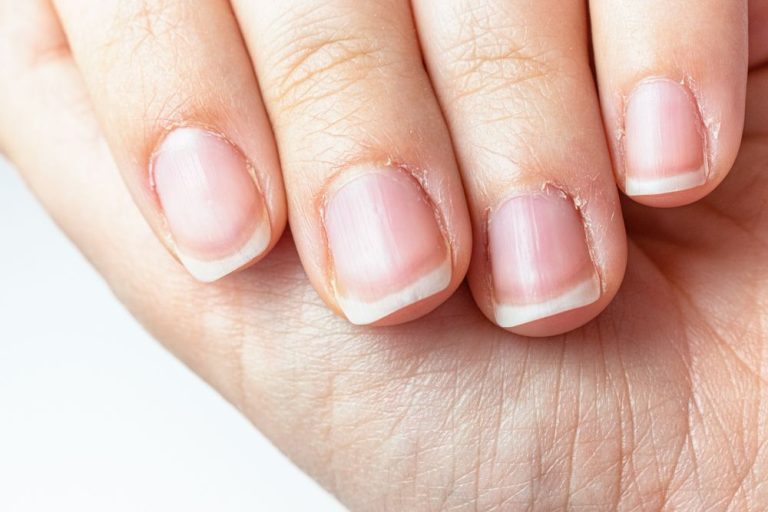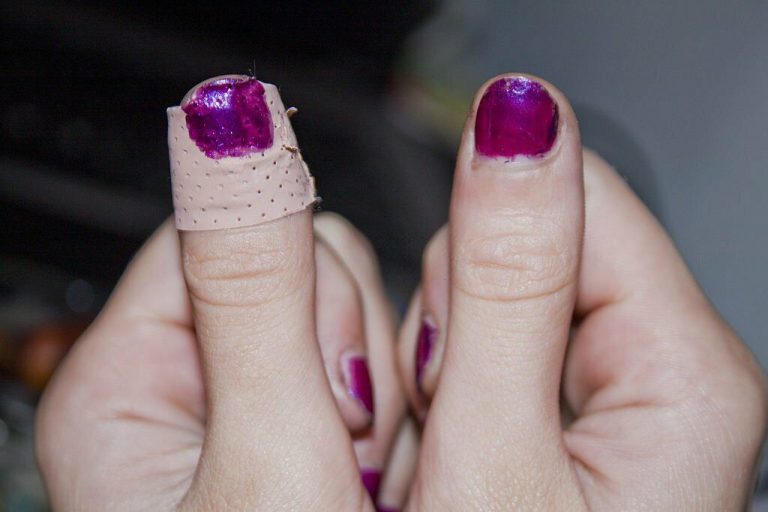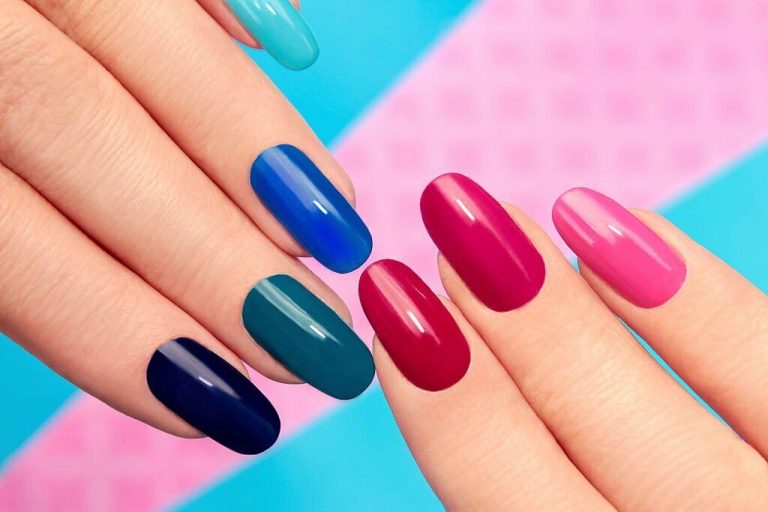How Often Should I Get My Nails Done?
Getting regular manicures is an enjoyable part of many women’s self-care routines. However, how often should you actually get your nails done? The answer depends on several factors like your nail polish type, nail growth rate, lifestyle, budget, and more.
In this comprehensive guide, we’ll discuss how long different manicure styles last, the benefits of regular manicures, ideal pedicure frequency, potential downsides of over-manicuring, and key factors that determine optimal manicure timing. We’ll also cover nail care tips to maintain your manicure between salon visits.
The Short Answer on Manicure Frequency
Contents
The frequency of manicures depends primarily on your nail polish type and individual nail growth rate. Here’s a quick overview:
- Regular lacquer nail polish – Chips and wears off within 4-5 days, so get weekly touch-ups.
- Gel polish or acrylic/gel nail enhancements – Last 2-3 weeks before needing fills, so get manicures every 2-3 weeks.
- Natural nails – Get a manicure every 2-3 weeks for shaping and cuticle care.
The Many Benefits of Regular Manicures
Getting your nails done consistently every few weeks provides numerous benefits beyond just looking polished. Here are some top reasons to book frequent manicure appointments:
Prevent Painful Hangnails and Nail Infections
Proper cuticle care during manicures minimizes painful hangnails. Your manicurist gently pushes back and trims cuticles, preventing them from tearing and catching on things. This helps stop hangnail development.
Keeping cuticles sealed with treatments also prevents infections under artificial nail enhancements. As enhancements grow out, they can harbor bacteria under lifted edges. Getting fills every 2-3 weeks keeps the enhancement edges sealed.
Keep Nails Looking Well-Groomed
Regular manicures keep nails neatly shaped and filed. The manicurist expertly shapes and buffs nails to look uniform and attractive. This is hard to achieve on your own at home.
Prevent Infections and Lifts with Artificial Enhancements
With gels, acrylics or dips, it’s crucial not to go too long between fills. Lifting or growing out areas can collect dirt and bacteria. Regular 2-3 week fills prevent lifting and infections.
Give a Polished, Put-Together Appearance
Chipped, broken or overgrown nails look unkempt and messy. Freshly done manicures make your hands look polished and put-together. This conveys confidence and attention to detail.
Pampering Benefits
Manicures provide relaxation and self-care pampering. The hand massage included in most manicures relieves tension and soothes sore muscles. You can also opt for luxurious upgrades like paraffin dips or hot stone massages.

How Often to Get Pedicures
For feet, aim to get pedicures every 4-6 weeks. Pedicures provide similar benefits to manicures:
- Prevent in-grown toenails.
- Allow early diagnosis of potential foot conditions like corns, calluses or fungal infections.
- Prevent ingrown toenail infections.
- Include relaxing foot massages.
Getting regular pedicures helps keep feet looking neat and attractive in open summer shoes. The pampering foot massage pedicures offer provide soothing stress relief too.
Potential Downsides of Overly Frequent Manicures
Is there such a thing as too many manicures? Can getting your nails done too often actually damage your nails?
Unfortunately, the answer is yes. Excessively frequent manicures and removal of gel polish can gradually weaken natural nails. Here’s how:
- The filing, shaping and buffing can thin nail plates if done too often.
- Frequent chemical removers and acetone exposure damages nail protein.
- The gluing action of gels pulls on nails, causing micro-tears in the nail matrix.
- Soaking damages nails through overhydration and water-logging.
To avoid nail weakness and damage, it’s best not to over-manicure. Try to balance beauty maintenance with nail health.
Factors Influencing Ideal Manicure Frequency
There are several variables that impact how often you should get manicures and pedicures. Consider these factors:
Lifestyle and Occupation
If your job or hobbies are tough on your hands, you’ll likely need manicures more frequently. Opt for longer-lasting gel polish or dips instead of regular lacquer polish.
Individual Nail Growth Rate
The speed your nails grow at determines how quickly they’ll grow out and look grown out. People’s nail growth varies greatly.
Manicure Type and Style
Simple French manicures may last longer between appointments versus intricate nail art that needs touch-ups. Longer-lasting gels or acrylics allow more time between manicures.
Budget
Some people get very frequent manicures as a luxury, while others space them out more due to costs. Prioritize what fits your budget.
Special Occasions
Events like weddings, graduations, parties or vacations call for fresh, professional manicures. Schedule accordingly.
Caring for Nails Between Manicures
To maximize time between manicures, properly care for your nails at home between salon visits:
Practice Diligent Nail Hygiene
Keep nails clean and brush them with a stiff brush daily. Clean carefully under nails too. This prevents buildup and spreading of germs.
Avoid Harsh Chemicals
Wear gloves when washing dishes, cleaning or using harsh chemicals like bleach. The chemicals can dry and brittle nails.
Exfoliate Nails
Use a baking soda and water paste weekly to gently exfoliate and smooth nails. Rinse well.
Moisturize Nails and Cuticles
Apply cuticle oil or nail and hand cream daily to condition nails and cuticles. Jojoba, coconut and vitamin E oils work well.
Eat a Nutrient-Rich Diet
Incorporate biotin-rich foods like eggs, fish, nuts and seeds. Getting enough protein and vitamins promotes strong nail growth.
Key Takeaways
- Manicure longevity varies based on the polish type and enhancement style. Gels and dips go longer between appointments.
- Getting manicures consistently every 2-4 weeks supports long-term nail health and appearance.
- Balance beauty maintenance needs with avoiding over-manicuring that can damage nails.
- Do at-home nail moisturizing, exfoliating and hygiene between manicure appointments.
I hope this guide provided helpful insight into determining the ideal manicure and pedicure frequency for your unique needs and lifestyle! Remember to consider your individual nail growth rate, occupation, budget and nail style when planning appointments. With proper at-home care, you can safely extend time between salon visits.

Founded by Sophia Rodriguez, IGXO Cosmetics is a PETA-certified, cruelty-free, and vegan makeup brand.





